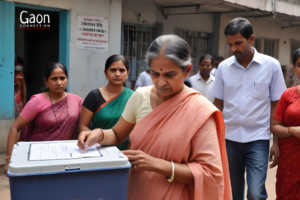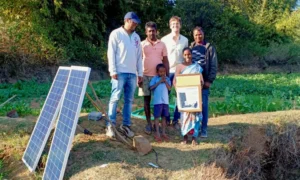Antibiotics have helped treat infections and improve surgical safety since they were first introduced in the 1940s, saving many lives. However, as bacteria have evolved, many have become resistant to antibiotics.
It can lead us to a point where we routinely encounter bacteria that cannot be treated with the existing drugs. This phenomenon, known as antimicrobial resistance (AMR), represents one of the top 10 global public health threats of our time.
AMR results in a loss in the effectiveness of antimicrobials, which might result in common infections turning life-threatening, leading to severe illnesses, prolonged hospital admissions, extremely high healthcare costs, treatment failures, and higher mortality rates.
Also Read: Stringent regulations needed to limit the impact of antimicrobial resistance
More than 1.2 million people died in 2019 as a direct result of antibiotic-resistant bacterial infections, according to the most comprehensive estimate of the worldwide impact of AMR. Families and communities tragically bearing the brunt of the silent AMR pandemic lie behind these numbers.
The adverse effects of AMR also extend well beyond health, with severe implications for poverty reduction and inequality, animal welfare, environment, food safety, and security.
Access to safe water, sanitation, and hygiene are fundamental to public health. Poor sanitation or unclean water and poor hygiene exacerbate the risk of fecal contamination and pathogen exposure, leading to infections that promote extensive antibiotic use, thereby promoting AMR.
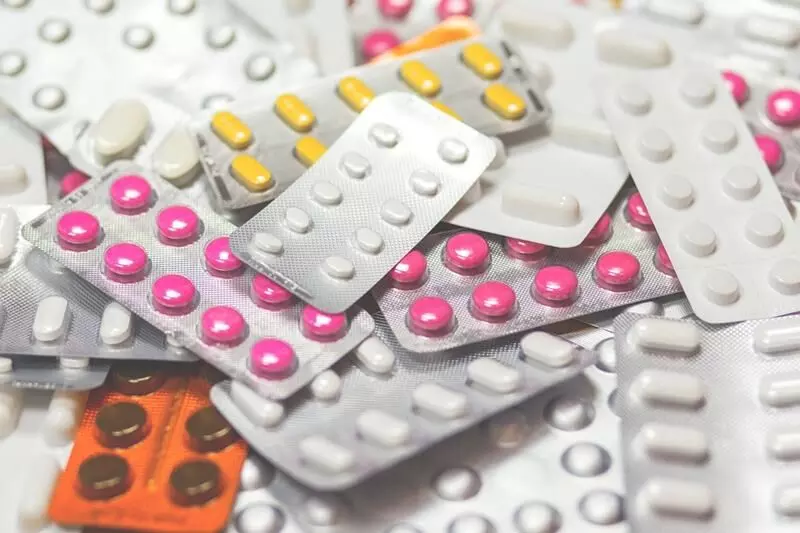
Respiratory tract infections and acute diarrhoeal diseases account for most antibiotic prescriptions, which are often inappropriate. Studies have indicated that handwashing alone can prevent 25 per cent of diarrhoea cases and reduce respiratory infection risks by 6- 44 per cent.
Also Read: Unused medicines and mounting antibiotic residue contaminating Indian rivers: Study
As we have seen during the global COVID-19 pandemic, simple hygiene measures can also play a vital role in containing the threat from infectious microorganisms.
Homes, schools, and other everyday life settings provide ample opportunities for the spread of infection, including the transmission of AMR within the community. All of us visit different places, for example, offices, public transport, salons, gyms, child day-care facilities, and supermarkets, where there is no formal hygiene policy as in clinical settings.
In the home, pathogens may enter from hospital settings or via infected people, pets/domestic animals, or through contaminated food and water. These sources constantly shed pathogens, rapidly transmitted around the home, mainly by hand, food contact surfaces, cleaning utensils, and air.
A recent position paper developed by the Global Hygiene Council highlighted these risks. It stressed the importance of the hands and contact surfaces within the home and other community settings as reservoirs of potentially infectious microorganisms.
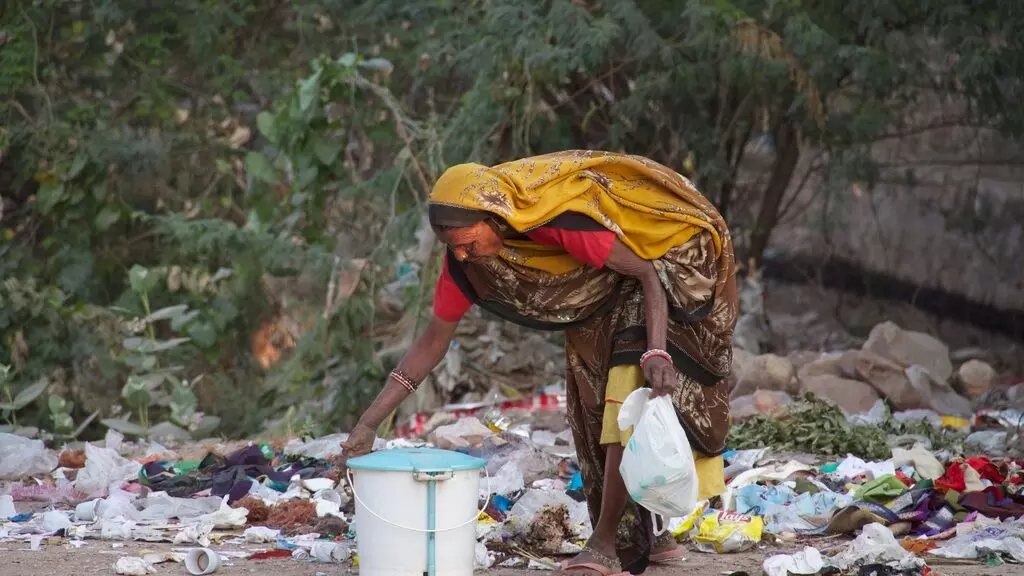
WHO had listed lack of clean water and sanitation and inadequate infection prevention and control promoted the spread of microbes, some of which can be resistant to antimicrobial treatment. For representation purpose only.
Also Read: India’s waste management systems unfit to address the silent pandemic of antimicrobial resistance
The access to water sources across the South-East Asia Region has improved to about 90 per cent. However, poor operation and maintenance of these water and sanitation systems continue to affect millions of people across the region. They remain susceptible to water-borne diseases, with high rates of infections aggravated by self-medication and inappropriate antibiotic use.
In India, only 60 per cent of the population has access to basic hand washing facilities at home, and less than 50 per cent of all schoolchildren always wash their hands with soap when they are at school.
A study conducted in 2021 by the University of Birmingham indicated that poor water, sanitation, and hygiene (WASH) standards could escalate AMR in countries like Bangladesh.
Infection prevention and control (IPC) is one of the five strategic objectives of the WHO Global Action Plan on AMR. Many countries have adapted this action plan to produce their national action plans on AMR.
Although global and national AMR action plans are in place, IPC primarily focuses on IPC measures in healthcare settings, with little or no focus on WASH as infection-prevention measures in homes and community settings.
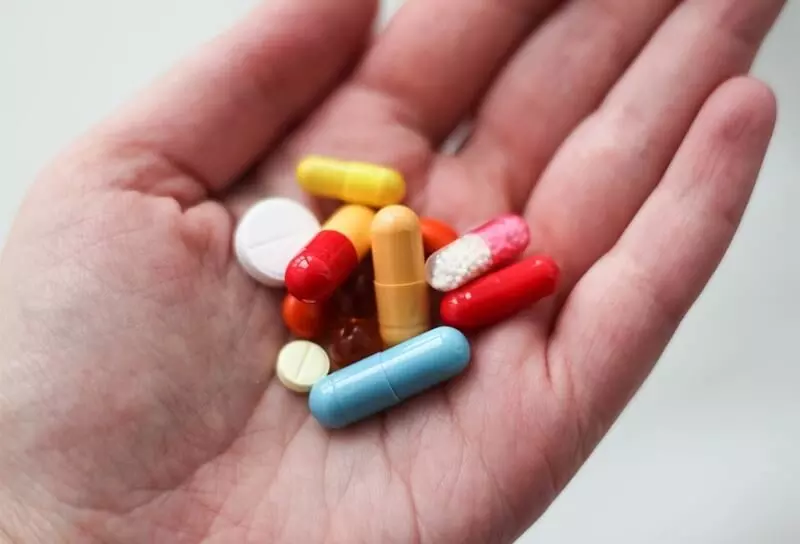
As we have seen during the global COVID-19 pandemic, simple hygiene measures can also play a vital role in containing the threat from infectious microorganisms.
Also Read: India, a pharma super-power, must address the serious threat of antimicrobial resistance
For example, the Indian Ministry of Health and Family Welfare published the National Action Plan (NAP) for containing AMR in April 2017. This five-year NAP (2017–2022) strongly emphasises social mobilisation campaigns and enhancing hand hygiene awareness. Still, there is no mention of ensuring functional water and sanitation facilities in primary care institutions.
Policymakers must recognise the role of community hygiene in minimising the spread of infections, learning from the COVID-19 pandemic. This, in turn, will help reduce the consumption of antibiotics and support the fight against AMR.
In his radio address “Mann Ki Baat” in mid-2016, Indian Prime Minister Narendra Modi declared AMR a severe crisis (Gambhir Sankat), urging Indians to change their habits of antibiotic consumption. There is an urgent need to accelerate progress on interventions to tackle AMR. Specific interventions must be intensified to avoid infections and diseases that necessitate antibiotic usage.
The coverage of the ambitious Har Ghar Nal Se Jal scheme, which aims to provide potable tap water supply to every rural household in the country by 2024, can play a pivotal role in arresting environmental AMR.
Also Read: Antimicrobial resistance could possibly become next public health crisis: Experts
The AMR-related interventions should be integrated into other sanitation programmes, such as Swachh Bharat Abhiyan (Clean India Mission). Improving sanitation and hygiene in the community is integral to achieving infection prevention and reducing the use of antibiotics and AMR in India.
Handwashing with soap, toilet use, and prevention of water contamination must be promoted as critical preventative measures in communities, schools, anganwadis, and healthcare settings.
This week (18–24 November) is World Antimicrobial Awareness Week (WAAW), which is convened every year by WHO to remind us of the risk we face of the most treatable of illnesses becoming untreatable. The theme of WAAW 2022 is “Preventing Antimicrobial Resistance Together.”
Also Read: Environment ministry quashes limits for discharge of antibiotic residue in water bodies
This campaign encourages us to become Champions of Antimicrobial Awareness by educating others about AMR, its severe effects, and how we, as individuals, professionals, communities, and people worldwide, may control its emergence, evolution, containment, and spread.
Also, World Toilet Day, celebrated every year within the WAAW on November 19, is about taking action to tackle the global sanitation crisis and achieve Sustainable Development Goal 6: water and sanitation for all by 2030.
These campaigns provide the opportunity to address two crucial, interconnected issues: the prevalence of AMR and the lack of basic sanitation for the world’s poor.
Additionally, to combat AMR and enhance health security in general, we must tackle the lack of coordination between the WASH and health sectors.
The author is Programme Coordinator with Toxics Link, New Delhi. Views are personal







